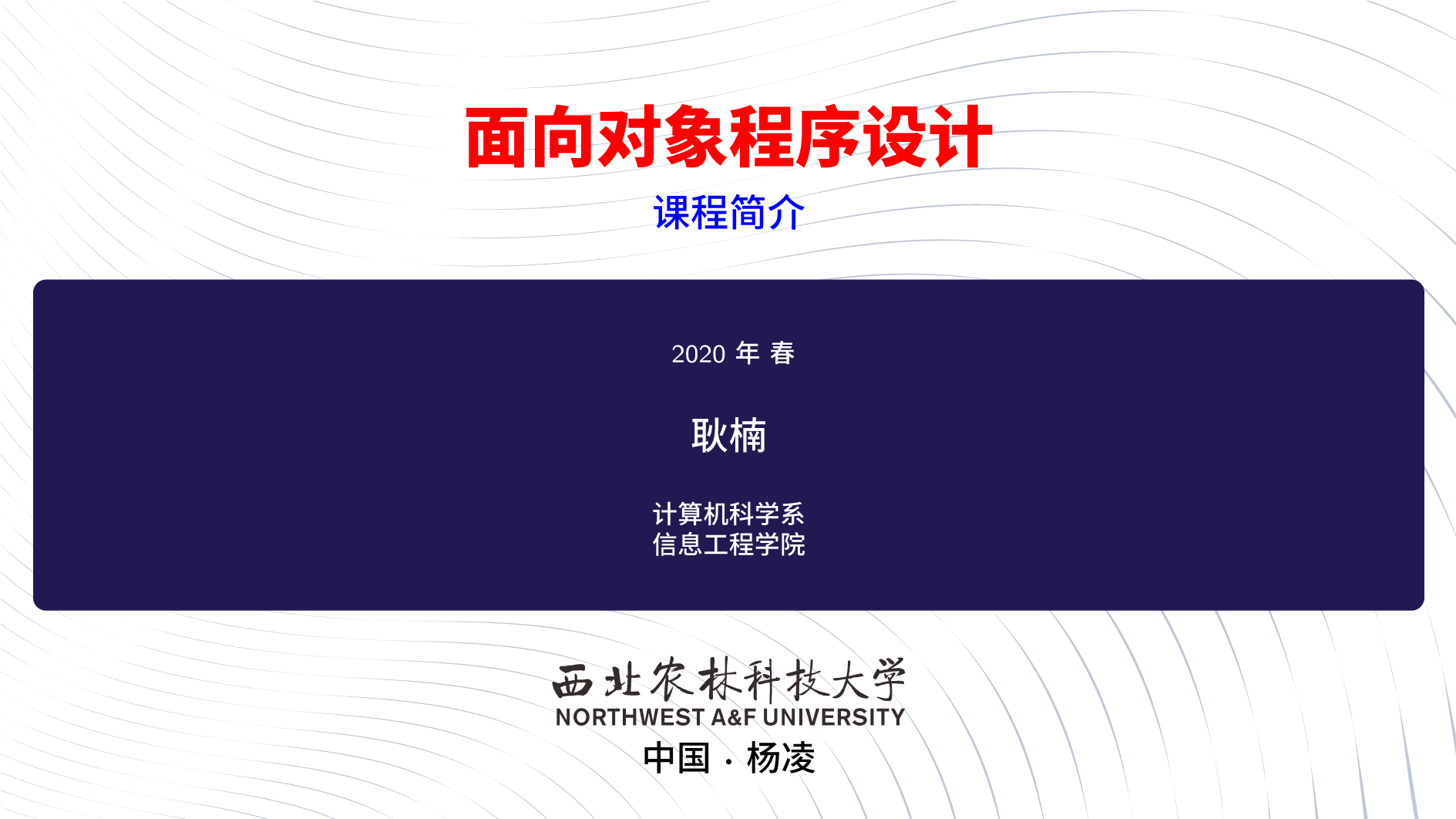amsthm提供了默认的proof环境,通常较为常用的用法如下: 方式一:当证明环境结束是文本时,直接使用proof环境即可:
\begin{proof}
The proof of the theorem.
\end{proof}
注:proof的结束符是\qed,在非证明环境中,也是可以使用的,如:
Outside of a proof, \verb+\qed+ works at the end of a text line. \qed方式二:当证明环境结束的地方是行间公式时,需要如下使用:
\begin{proof}
This is now proved by
\begin{equation*}
a + b = c \qedhere
\end{equation*}
\end{proof}
这一方式遇到下面的问题:
 我们可以定义如下
我们可以定义如下
\newcommand{\xqedhere}[2]{%
\rlap{\hbox to#1{\hfil\llap{\ensuremath{#2}}}}}
第一个参数可以看成是公式到结束符之间的距离,第二个参数是结束符的符号,这样我们就可以把方块放在公式的最后一行。
 代码如下:
代码如下:
\begin{proof}
This display uses \verb+\xqedhere+ to manually place the box on the
last line of the display:
\begin{equation*}
x + y = \begin{cases}
-1 & \text{if } x < 2,\\
0 & \text{if } x = 2,\\
1 & \text{if } x > 2.\xqedhere{118.5pt}{\qed}
\end{cases}
\end{equation*}
\end{proof}
这一命令可以非常简单变换我们的结束符号。
如:
$$
d + e = f \xqedhere{5.3cm}{\lozenge}
$$
样例如下:
qed-proof




发表评论 取消回复